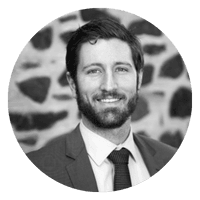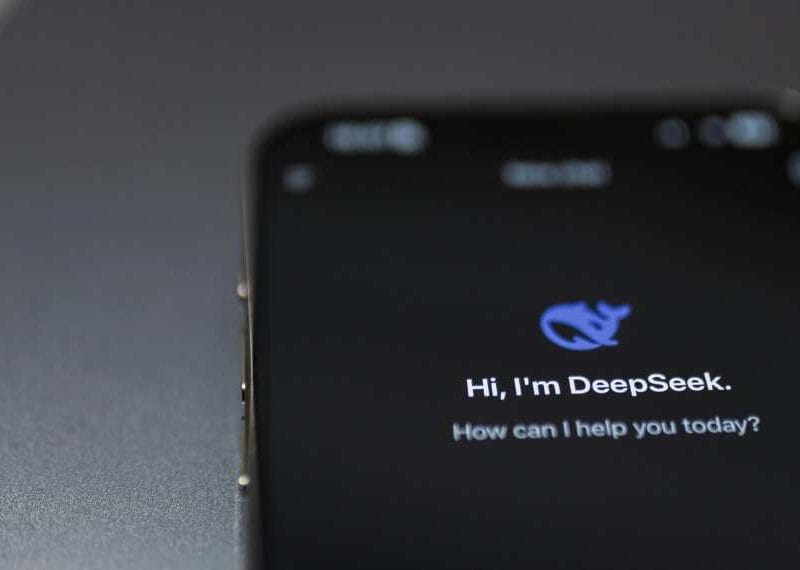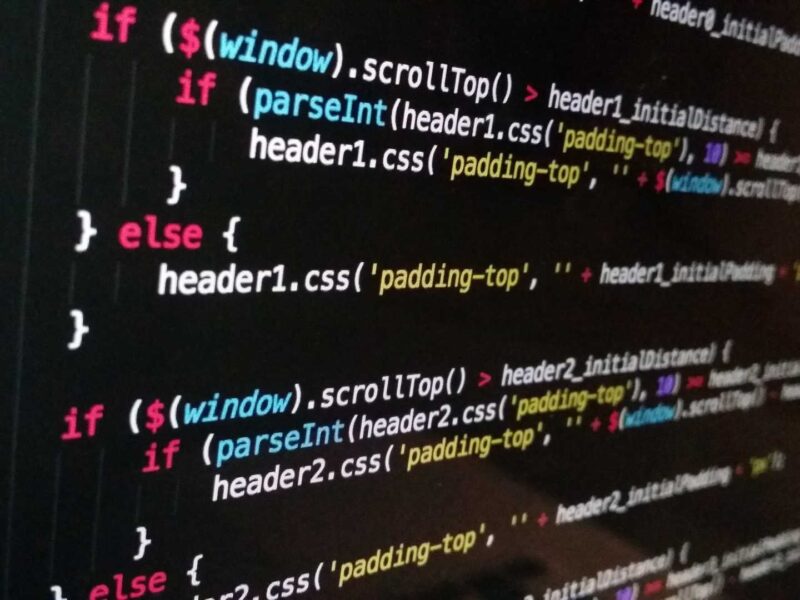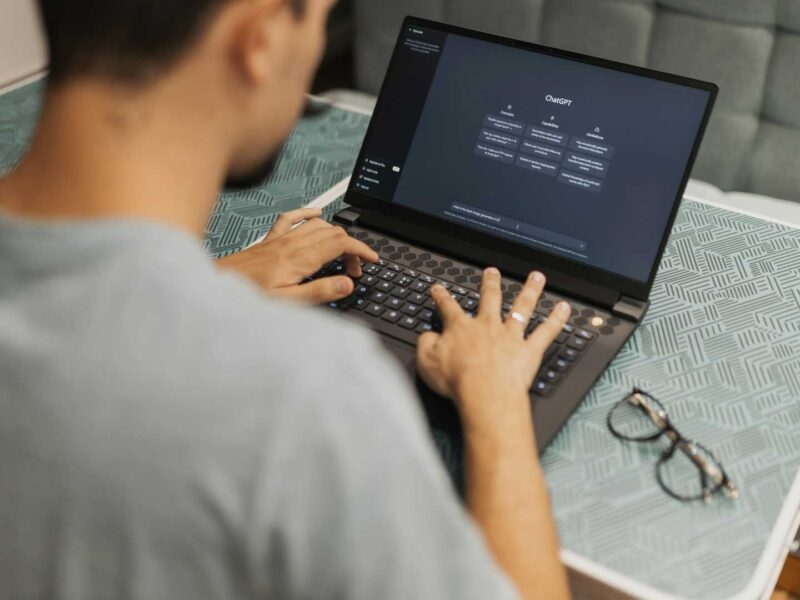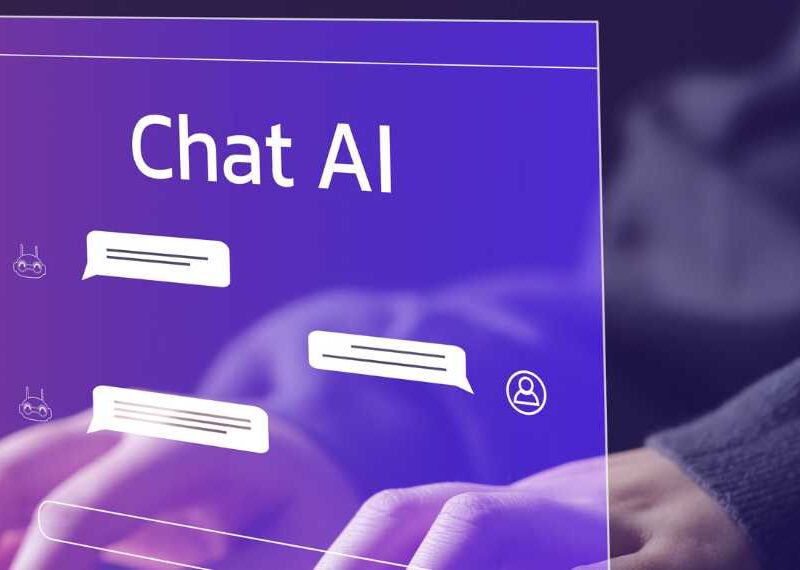Hardware vs. Software: Lessons from Switching Stories
There was a time when a great divide separated the worlds of hardware and software.
On one side were the patient architects of the physical—designing circuits, bending silicon to their will, and building the tangible foundations of our digital age.
On the other were the agile builders of the virtual—writing code, creating applications, and shaping the intangible experiences that define modern life.
But that wall is crumbling.
In an era of IoT, AI accelerators, and quantum computing, the lines between bits and atoms have never been more blurred. This convergence has sparked a fascinating career migration: brilliant minds are leaping across the divide.
What drives a seasoned hardware engineer to become a software novice?
What compels a software architect to grapple with the challenges of manufacturing and supply chains?
We posed these questions to founders, executives, and thought leaders who have made the jump or have witnessed firsthand someone take the leap.
Their stories of motivation, challenge, and transformation don’t just offer a roadmap for career change—they reveal profound truths about the future of technology itself.
Read on!
Fengmin Gong
After years of building cybersecurity software to defend digital infrastructures at companies like FireEye, McAfee and Palo Alto Networks, I pivoted to a very different kind of system: the commercial kitchen.
I realized the food industry had been largely overlooked by tech, and I wanted to use my software background to address one of the biggest problems of our time: food waste. Learning that the U.S. throws out a third of its food while 25,000 people die of hunger each day was a wake-up call — and it sparked the idea for Metafoodx. I co-founded the company to bring real-time AI and 3D scanning hardware into kitchens. Our system captures the image, weight and temperature of food in two seconds, helping operators reduce waste by up to 90%.
The shift from pure software to a physical, hybrid solution came with steep learning curves — from supply chains to sensor calibration — but it taught me that the most powerful innovation happens at the intersection of code and the real world. Bridging that gap has been the most meaningful and rewarding chapter of my career.
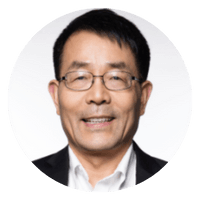
Fengmin Gong
Co-founder & CEO, Metafoodx
Gregory Shein
After a decade in B2B hardware marketing, I transitioned into SaaS to better align with evolving buyer behaviors and recurring revenue models. The biggest challenge was adjusting to the rapid iteration cycles and customer success-driven KPIs, which were less emphasized in hardware.
However, the shift sharpened my agility and deepened my focus on lifecycle engagement—skills I now bring back into IoT hardware campaigns with far greater impact.
Austin Rulfs
I’ve worked with several professionals who’ve transitioned between hardware and software, and for many, the move was driven by the desire for scalability and innovation.
One example I know involved a colleague who moved from working with physical devices to focusing on software development for customer-facing applications.
The biggest challenge they faced was adapting to a new pace, hardware projects often take months or even years to develop, whereas software can move much faster, sometimes with weekly iterations.
However, the shift also opened up exciting new opportunities for creating more personalized solutions for customers and iterating on products quickly.
This change forced them to learn new technical skills, but ultimately, it led to improved problem-solving and a more agile approach to meeting customer needs.
Belize Hans Polloso
My journey from hardware engineering to software development was driven by the rising tide of digital transformation in 2018.
After spending 6 years designing circuit boards for industrial equipment, I noticed how software was becoming the primary driver of innovation. The transition wasn’t easy – moving from tangible components to abstract code required a complete mindset shift. I invested countless hours in online courses, particularly focusing on Python and web development.
The most challenging aspect was adapting to the rapid deployment cycles in software, compared to the methodical, longer development periods in hardware. However, my hardware background proved invaluable, giving me a unique perspective on system architecture and performance optimization.

Belize Hans Polloso
Project Manager, Creloaded
Kenny
A former colleague of ours spent over a decade as a PHP developer before making a bold switch in 2021.
Concerned about job security and ageism—particularly the unspoken “35+ rule” in China’s tech scene—he resigned and started a small studio building retro-style record players.
At a dinner gathering, he shared that rising performance expectations and the constant fear of layoffs pushed him to rethink his future.
Instead of chasing the next coding trend, he bet on craftsmanship and nostalgia. His venture took off, and now he runs a thriving small appliance brand.
His story reminds me that sometimes, leaving the digital world to build something tangible can be both liberating and rewarding.
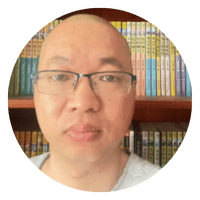
Kenny
CTO, Storeshoppe
Rohan Sharma
Switching from hardware to software was like learning a new language—exciting but humbling. My early career was entirely focused on hands-on robotics: assembling actuators, wiring sensors, troubleshooting physical systems, and loving the satisfaction of building something tangible. But I felt limited, noticing that innovation was increasingly happening in code.
So, I dove into software, teaching myself coding, eventually securing a full-time role launching a software product as a product manager. Since then, I’ve worked for Honda, Apple, Disney, and Thermo Fisher Scientific, rising through leadership ranks.
The toughest part? Letting go of the certainty that comes with hardware. In software, bugs are invisible, and solutions are rarely black-and-white. I had to become comfortable with ambiguity, rapid iteration, and constant feedback. However, facing this challenge made me a better problem solver and collaborator.
Now, I bridge both worlds. My hardware background gives me a unique perspective when designing software. My advice: embrace the discomfort of switching fields—it’s where real growth happens, making you invaluable in today’s hybrid tech landscape.

Rohan Sharma
Chief Technology & Product Officer, Zenolabs
Paul DeMott
Jumping from software to hardware taught me how much margin for error disappears when you’re dealing with physical products.
Back when I started working on an IoT-based SEO tool, something we were testing internally at Helium SEO, I learned quickly that building software with hardware dependencies adds a whole new layer of complexity. You can iterate code in hours, but hardware issues can eat up weeks.
We ran into problems with connectivity modules, firmware bugs, and even simple manufacturing delays. In software, bugs can be fixed with a quick patch. In hardware, that patch sometimes has to be soldered on.
That experience reshaped how I manage teams and timelines. It forced me to bake in more buffer, rethink how we tested, and get way more granular with our QA. It also gave me a deeper appreciation for what engineers in the hardware world deal with daily. Nothing is ever “just a quick fix.”
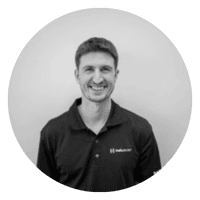
Paul DeMott
Chief Technology Officer, Helium SEO
Daniel Vasilevski
Before managing Pro Electrical, I had an old colleague who made the jump from being an electrician to working in the software space. He’d spent years in the field doing everything from residential installs to handling more complex electrical systems for commercial and industrial projects. Over time, he grew more fascinated with the idea of smart homes and how technology could improve energy efficiency. His curiosity led him to learn more about the software behind the smart devices, and before long, he leaped into developing those kinds of systems.
The transition wasn’t a walk in the park. He had to learn how to code, work with APIs, and understand software development practices. The most challenging part was moving from the tactile, problem-solving work of wiring and installations to the more theoretical and often abstract work of coding. However, his deep understanding of electrical systems gave him a big advantage. He knew how hardware worked, so it wasn’t just about writing code; it was about thinking through how software could interact with the physical systems in real life.
In hindsight, the shift has paid off for him. He’s now in a position where he can connect the dots between hardware and software, building systems that allow smart home devices to run more efficiently. His background in electrical work has made him a valuable asset, as he’s able to bring real-world knowledge into the design process of these tech-driven solutions. It’s a great example of how technical skills from one area can complement a whole new career direction, as long as you’re open to learning and adapting.
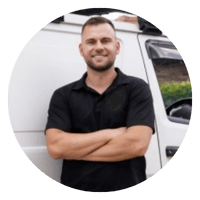
Daniel Vasilevski
Owner & Director, Pro Electrical
Abhishek Shah
Initially, I worked in the tech sector, which involved a lot of hands-on work with hardware. I was deeply involved in understanding how physical systems operate and the role hardware plays in powering software solutions. Over time, my interest in leveraging technology to solve real-world problems led me to make the shift toward software. This transition was sparked by a desire to scale impact through innovative, scalable software solutions.
Eventually, I became the founder of Testlify, an AI-powered skills assessment platform. The shift from hardware to software wasn’t without challenges, especially in terms of learning new technical frameworks, managing product development cycles, and scaling the platform to meet user demands.
However, the experience of navigating both the hardware and software worlds has been invaluable. It gave me a unique perspective on how physical systems and digital platforms can work together, and it profoundly shaped how I approach building scalable, tech-driven solutions in today’s fast-paced environment.

Abhishek Shah
Founder, Testlify
Raymond Anto
It was a move none of us saw coming.
David, a friend and one of the most brilliant hardware engineers I’ve known, with a salary to match, just quit a few months back.
After a deserving break in the mountains, he’s starting over, right from the bottom, as a junior software developer.
When I asked him why, he just smiled with this infectious energy. He spoke of the “ever-changing dynamics” of the software world, a place where innovation wasn’t measured in years, but sometimes in weeks.
He described hardware as a slow-moving beast, predictable and stable, but software was a wild, untamable river. The constant learning, the new languages, the shifting paradigms—that’s what excited him.
He wasn’t chasing a bigger paycheck; he was chasing the thrill of the new, the challenge of staying relevant in a field that reinvents itself daily. He traded a comfortable present for an exhilarating, uncertain future.
It was a bold, almost reckless, leap of faith.
Challenges will come. They’re expected. But knowing David, he’ll overcome them with the same enthusiasm!

Raymond Anto
Founder, Big Book Designs
On behalf of the Techronicler community of readers, we thank these leaders and experts for taking the time to share valuable insights that stem from years of experience and in-depth expertise in their respective niches.
If you wish to showcase your experience and expertise, participate in industry-leading discussions, and add visibility and impact to your personal brand and business, get in touch with the Techronicler team to feature in our fast-growing publication.





